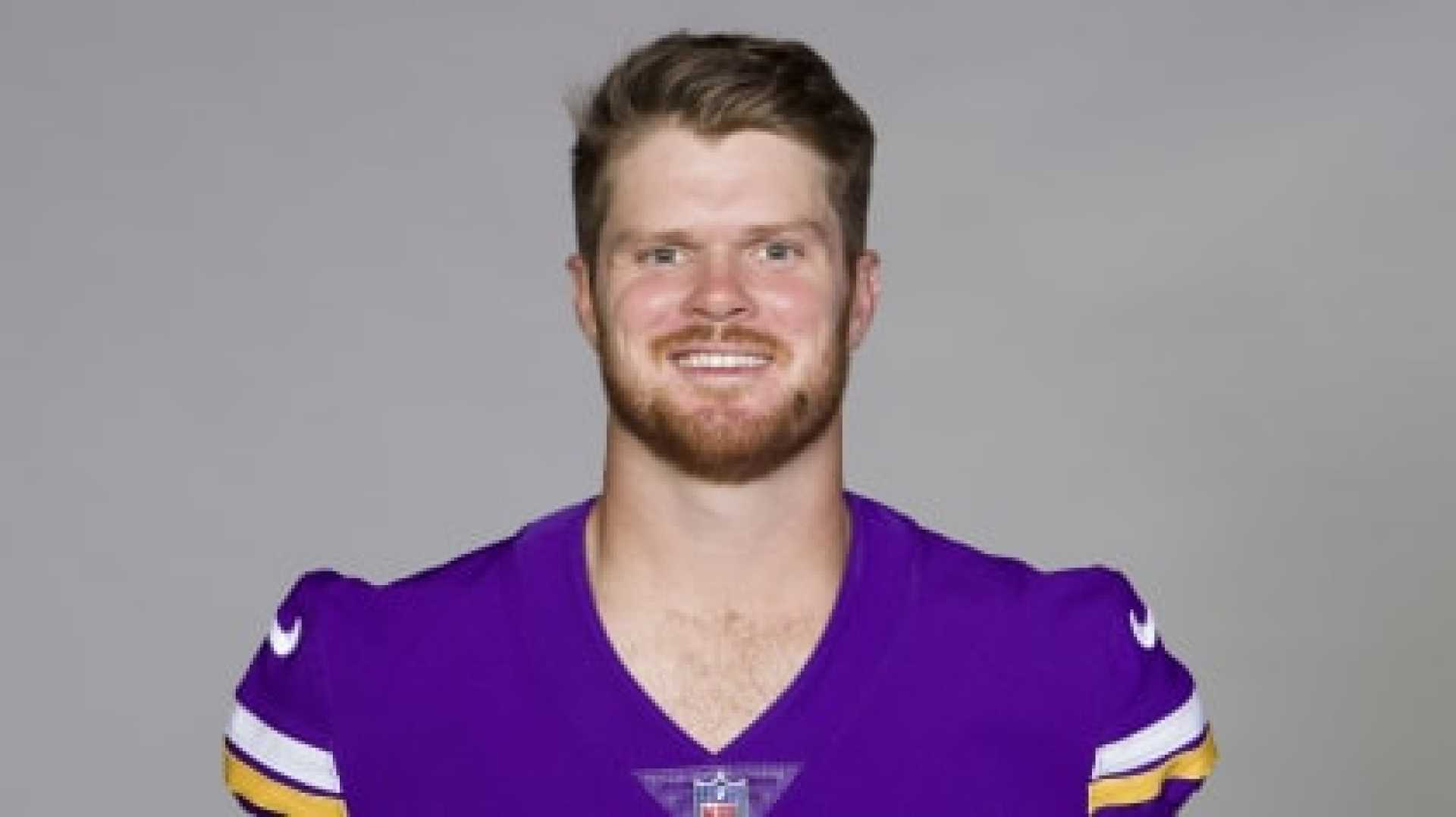Sports
Vikings Face Key Decision on QB Darnold Ahead of NFL Draft

MINNEAPOLIS, Minn. — As the Minnesota Vikings head into the offseason, the clock is ticking on a pivotal decision regarding quarterback Sam Darnold. With the 2025 NFL Draft 65 days away, the franchise tag window opened Tuesday, amplifying the urgency for the Vikings to determine if they will place the tag on Darnold or explore alternative options.
In 2024, Darnold revitalized his career by passing for 4,319 yards and 35 touchdowns during his first season with the Vikings. However, the team’s playoff exit after a 14-3 regular season raised questions about his long-term fit with the franchise.
Alec Lewis from The Athletic analyzed Darnold’s situation, outlining four potential outcomes for the quarterback’s future in Minnesota: a multi-year extension, a franchise tag, a transition tag, or testing free agency. Lewis ranked these options from least likely to most likely, noting that extending Darnold might not align with the Vikings’ strategy.
“The current Vikings brass has long been hopeful that it could pair a promising young quarterback on a rookie contract with ample spending on the rest of the roster,” Lewis said, suggesting that the team’s decision hinges significantly on the readiness of rookie quarterback J.J. McCarthy.
McCarthy, who was drafted 10th overall in 2024, was sidelined with a knee injury, prompting Darnold to step in as the starter. Lewis highlighted that if McCarthy demonstrates significant progress in his recovery, he could be positioned as the franchise’s future.
Darnold’s late-season performance raises doubts, as he averaged four inaccurate throws per game, with 23 poor throws over the last two games of the season. His struggles in critical moments starkly contrasted with those of Tampa Bay’s Baker Mayfield, who secured a $100 million contract after a successful season.
Should the Vikings franchise tag Darnold, it would come with an estimated cost of around $41 million. Lewis pointed out the financial strain this could place on Minnesota’s ability to fortify other areas of the roster.
One historical precedent for the franchise tag and trade strategy occurred in 2009, when the New England Patriots tagged quarterback Matt Cassel before trading him to the Kansas City Chiefs for a second-round pick, as Tom Brady returned to health.
“Franchise-tagging Darnold could be a sensible option if McCarthy’s rehabilitation faces setbacks,” Lewis noted, stressing the need for a strategic approach as Darnold’s marketability in a lackluster free agency could invite trade offers from teams needing a quarterback.
Additionally, the seldom-used transition tag could enable the Vikings to negotiate without committing to a long-term contract. Lewis explained that this would grant Minnesota the right to match any offers Darnold receives but would not yield compensation if he signs elsewhere.
Although the transition tag is considerably cheaper, at approximately $35 million, it still begs the question of whether the Vikings are willing to take this route with pressing needs across multiple positions as they look toward the draft.
As Darnold’s future crystallizes, questions remain about how the Vikings expect to navigate their quarterback situation. McCarthy’s readiness will be crucial, and the team’s choice could define the direction of the franchise for years to come.












